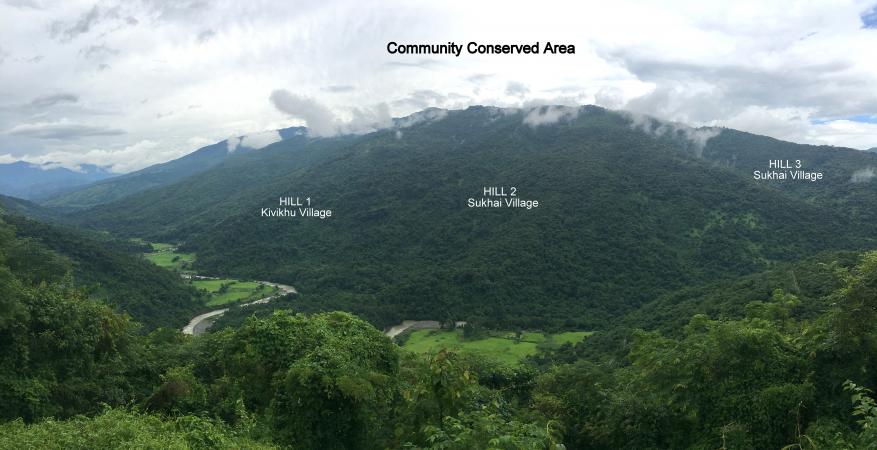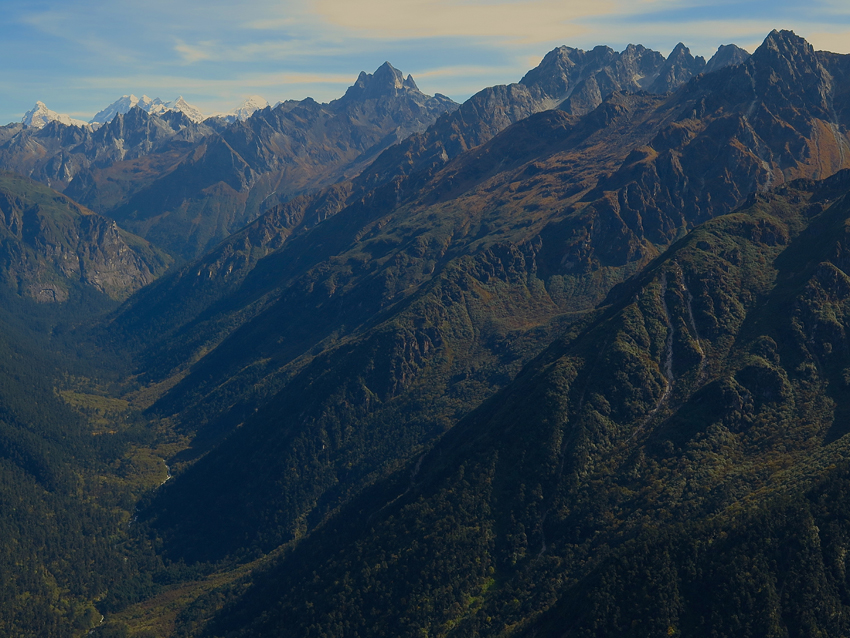All eyes on Manas
A UNESCO-IUCN monitoring mission to the Manas Wildlife Sanctuary, India’s only World Heritage Site on the Danger List, will evaluate the progress made so far to increase the population of key species, including tigers, Indian elephants and great one-horned rhino.

Photo: Jim Thorsell
The rapid decline in wildlife and the eradication of the rhino during a decade-long insurgency, led to the inscription of the site on the List of World Heritage in Danger in 1992.
The five-day mission comes after repeated requests by the Indian authorities to remove the site from the Danger List and reinstate its reputation as one of India’s richest wildlife areas. Last year’s World Heritage Committee meeting in Brazil decided that Manas sanctuary should remain on the Danger List. The issue will be up for discussion again at the Committee’s next session, taking place in Bahrain in June this year.
“We recognise the great efforts by the Indian authorities to support recovery of wildlife populations and improve the overall park management,” says Tim Badman, Head of IUCN’s World Heritage Programme. “The mission will be exploring all the issues raised in previous reports and looking to see what progress is being made.”
A reintroduction programme for rhinos under the Assam forest department’s Indian Rhino Vision 2020 has increased to seven the number of rhinos currently in Manas and more re-introductions are under way. An additional six elephant calves have also recently been moved to Manas and camera-traps are being used to monitor tigers in the park.
Threats such as illegal logging and poaching in the Pambari Range, invasive species and issues with management effectiveness, are also a concern and will be addressed during the monitoring mission, according to IUCN, the independent advisory body to the World Heritage Committee on natural sites.
The report from this monitoring mission will be finalised and provided to the UNESCO World Heritage Committee during its next meeting in Bahrain, where the decision on whether or not to remove Manas from the Danger list will be taken.
Spokespeople:
• Sue Mainka, Head of Science and Learning
• Tim Badman, Head, World Heritage Programme
For high-resolution photos, please contact Christelle Perruchoud, e christelle. perruchoud @iucn.org
For more information, please contact:
• Borjana Pervan, Media Relations Officer, IUCN, m +41 79 8574072, e borjana.pervan@iucn.org
About IUCN
IUCN, International Union for Conservation of Nature, helps the world find pragmatic solutions to our most pressing environment and development challenges.
IUCN works on biodiversity, climate change, energy, human livelihoods and greening the world economy by supporting scientific research, managing field projects all over the world, and bringing governments, NGOs, the UN and companies together to develop policy, laws and best practice.



